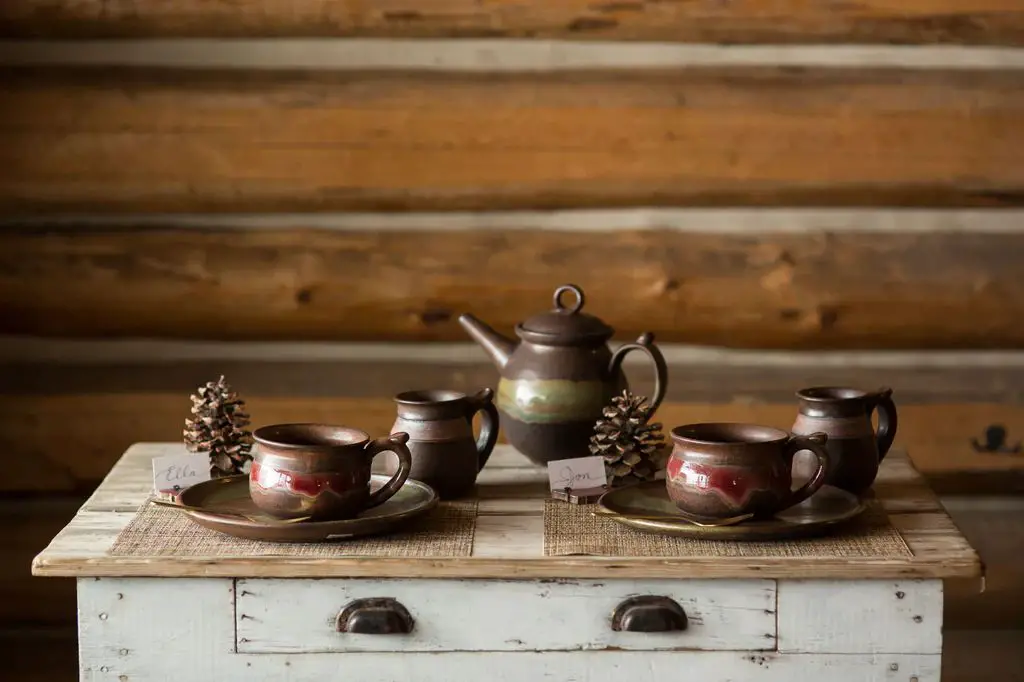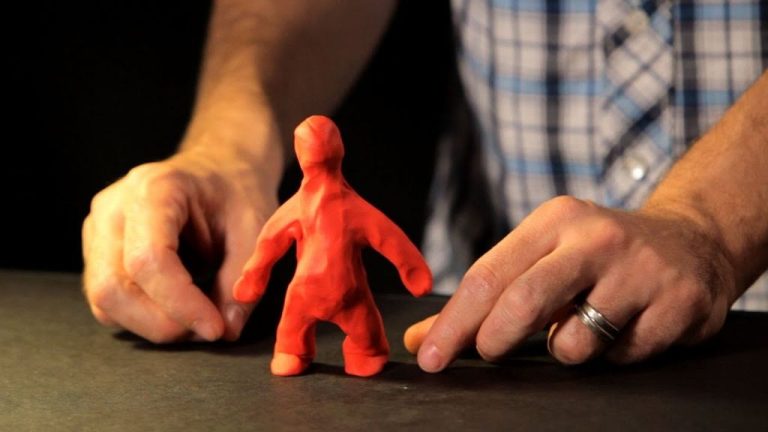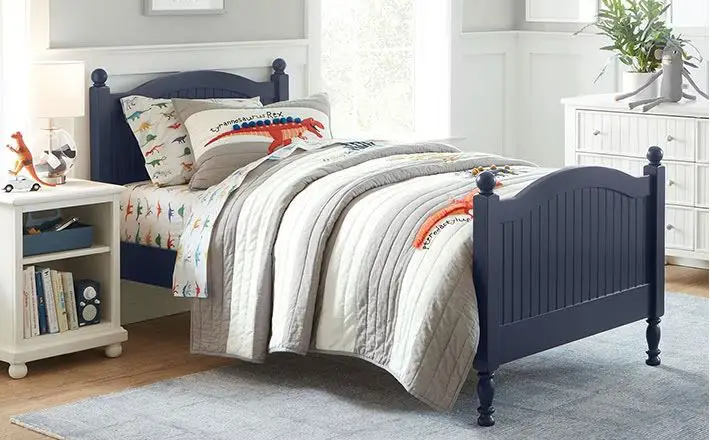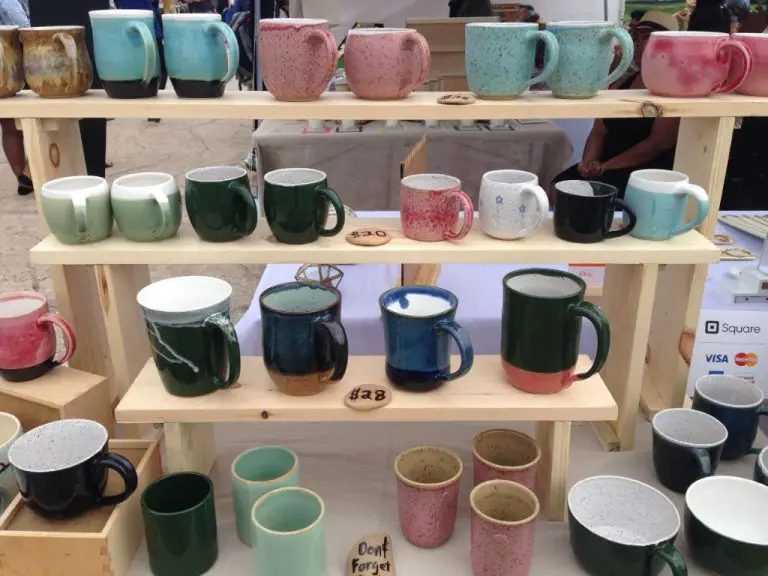Is My Pottery Worth Anything?
Determining the value of pottery can be challenging for the average person. There are many factors to consider and it often requires some research and expertise. However, there are a few basic things you can look for to get a general sense of whether your pottery may be valuable or not.
Look for Maker’s Marks
Many potters sign or mark their work, which can help identify the maker. According to Valuable Pottery Marks 101, some of the most sought-after marks include Meissen, Wedgwood, Royal Doulton, and Limoges. Researching marked pieces online can provide a value estimate, as explained by 3 Ways to Determine the Value of Art Pottery. Specific marks to look for include the potter’s initials, studio marks, date codes, and special symbols. Online databases like Kovels’ can be used to research and identify marks.
Consider the Age
Older antique pieces tend to be more valuable than modern pottery. Pottery that dates back to the 18th century or earlier often fetches high prices among collectors, especially pieces from renowned makers. The age of a piece can usually be determined through markings, style, or testing materials. Research the era or time period your piece is from to get an idea of its potential value. For example, ArtAbyss notes that pottery from ancient civilizations like Greece can be worth thousands of dollars. While a modern piece from the 1970s may hold some value, older and more rare antique pottery tends to command higher prices.
Examine the Quality
Higher quality materials and superior craftsmanship increase value. Carefully inspect the pottery for any chips, cracks, flaws or repairs that may decrease value. According to The Pottery Wheel, damaged pieces usually fetch 50-75% of their value when in good condition, and this includes even the smallest damage.
Look at the overall craftsmanship and skill involved in creating the piece. Superior techniques like throwing on a potter’s wheel, carving, sculpting, or hand-painting require more time and expertise, adding to the desirability. Mass-produced pottery often has lower value than handmade, one-of-a-kind pieces. Examine the bottom for the maker’s mark and any stickers or labels that provide clues about origin.
Higher firing temperatures, glaze quality, intricate detailing, and decorative elements made from precious materials like gold or platinum can elevate a simple utilitarian vessel into a valuable art object. Pay attention to subtle characteristics that indicate fine materials and skilled techniques were used during production.

Evaluate Decorations
When determining the worth of a piece of pottery, it’s important to carefully examine the decorations. Hand-painted or ornate pieces often fetch higher prices compared to more simple, plain pieces.
Decorations like intricate hand-painted patterns, gilding, relief textures, and ornate handles or lids add artistry, visual interest, and demonstrate quality craftsmanship, making the item more unique and valuable to collectors. According to Quora, “the more ornate a piece is, the higher its value. This is because of the time and skill required to produce ornate decorative effects like carvings, colored glazes, and gilt decorations.” (1)
On the other hand, basic utilitarian pieces with little decoration tend to be less valuable, even if they are functional and well-made. Simple, modernist styles or basic country pottery often sell for lower prices than intricately decorated art pottery.
So when trying to determine worth, carefully inspecting the decorations can provide important clues. The more ornate and artistic the decorations, generally the more valuable the pottery piece.
Research the Style
The style and era of your pottery can greatly impact its collectability and value. Certain styles like Art Deco are more sought after by collectors than others. Do research to identify your pottery’s style – for example, is it Art Nouveau, Mid-Century Modern, or Asian-inspired? Knowing the style will allow you to better understand its history,origins, and collectability.
Look closely at the shapes, colors, patterns, and motifs used in the pottery for clues about its style. Stylistic elements can also help date it to a certain artistic era like the Arts & Crafts movement or 1950s pop art. There are many resources available to help identify pottery styles including collector’s guides, museum websites, and books on ceramic history. With some dedicated research into your pottery’s style, you’ll gain key insights into its rarity and collectability.
Consider Rarity
Rare, hard to find pieces tend to be more valuable. Mass produced pottery produced in large quantities has lower value. According to this article, rare and unique antique pottery tends to command higher prices at auction. For example, pieces from renowned pottery studios that operated for a limited time often sell for thousands. On the other hand, items that were mass produced in factories have much lower resale value.
If you have a piece that is stamped from a small studio or bears a mark from a potter who did not produce work for very long, it may be quite valuable, especially if it is in good condition. Common pottery found in many households is less likely to fetch high dollar amounts. Rarity plays a key role in assessing antique pottery’s worth.
Check Comparable Sales
One of the best ways to estimate the value of your pottery is to look at the selling prices of comparable pieces. Search auction records and online listings for pots that are similar to yours in terms of age, style, maker, condition, and other attributes. Pay attention to the prices of pieces that sold, not just what sellers are asking. This will give you a good benchmark for what your pottery may realistically be worth on the current market.
Some places to find comparable sales prices for pottery include eBay’s sold listings, LiveAuctioneers.com, invaluable.com, and other online auction/sales platforms. You can search by keywords related to your piece, like the maker’s name, style, decorative technique, etc. Compare details like size, color, markings, damage, repairs, and overall condition. The more similar the sold piece is to yours, the more relevant the price will be in estimating your pottery’s value.
It’s ideal to find several comparable sales to average out, since prices can vary quite a bit. Remember to account for the seller fees and commissions charged by auction platforms – the actual amount the seller received will be lower than the final sale price listed. Checking comparable sales takes some digging, but it’s one of the most effective ways to realistically appraise the market value of your pottery.
Get an Appraisal
For high-end pieces, get a professional appraisal to authenticate and assign fair market value. Professional appraisers have extensive knowledge and access to sales records to value your piece accurately. Look for an accredited member of organizations like the Appraisers Association of America or American Society of Appraisers to ensure expertise.
Appraisals typically cost $50-200 depending on the item. This investment can pay off if it confirms you own a rare, valuable piece worth thousands. For example, according to the Appraisers Association of America, “an appraisal can cost around $200 but the knowledge gained on an item worth $5,000 is worth the price.”
To find an appraiser, search online directories or check your local Yellow Pages. You can also contact reputable auction houses, antique dealers, museums, or collectors groups for referrals. When selecting an appraiser, verify credentials and sample appraisals to ensure competency.
For quick free estimates, share photos and details on online appraisal services like ValueMyStuff or What Sells Best. While not as reliable as in-person professional appraisals, these can help determine if your item merits further authentication.
Conclusion
When determining if your pottery is valuable, the main factors to consider are the maker’s marks, age, quality, decorations, style, and rarity. Looking at comparable sales and getting a professional appraisal can also help establish the current market value.
If you discover you have a particularly rare or valuable piece of pottery, you may want to consider selling it through an auction house, antique dealer, or collector. They can help you get the best price for your pottery, especially for museum-quality or historically significant items.
With some research and expert input, you can find out if your pottery is an inexpensive mass-produced item or a valuable collectible. Satisfy your curiosity, learn about different ceramic ware, and uncover any hidden treasures you may own.






